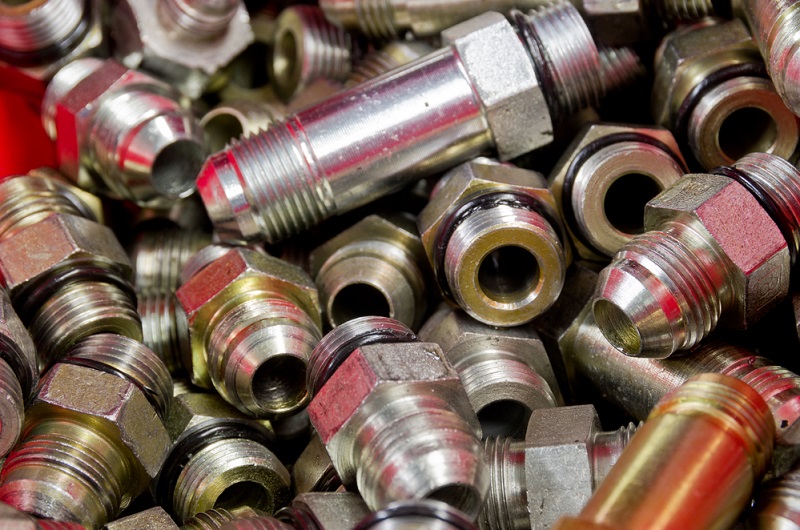Just like 304, 316 variety of steel also consists of fair amounts of chromium and nickel. However, the latter is the standard molybdenum-bearing grade, which is second in importance to the 304 form of stainless steel. The presence of molybdenum provides 316 a better corrosion-resistant property as compared to the 304 Grade one. It mainly shows higher resistance to pit and crevice erosion even in chloride environments. And due to such property, you get excellent welding and forming characteristics. Unlike the other varieties, the 316 stainless steel is readily available for rolling into different industrial purposes and transportation and architectural fields. It also offers outstanding welding characteristics.

Key Features Of Grade 316
Some of the essential features of Grade 316 stainless steel are:
Corrosion Resistance
As already highlighted above, this variety is subject to opposing and even crevice erosion in deep chloride situations. Grade 316 is also resistant to pressure weathering cracking right above 60 °C. The experts consider it to be quite resilient to water till 1000 mg/L chlorides.
Although this variant is considered “marine grade stainless steel,” it isn’t resistant to warm seawater. In selective marine environments, this one exhibits surface corrosion, which is also visible as the brown staining.
Heat Resistance
Grade 316 is heat resistant. Hence, it finds usage for continuous service to 925 °C. It is also quite resistant to carbide precipitation, and one can extensively use it in different higher temperature ranges. In manufacturing plants, one can use this variety for pressure-containing applications at temperatures beyond 500 °C.
Applications Of Grade 316
Some of the significant applications of Grade 316 are:
1.Used in the food preparation equipment industry, particularly in the chloride environments.
2.Preparation of laboratory benches and equipment.
3.Manufacturing of railings, coastal architectural paneling, and trim.
4.Boat fittings.
5.Heat exchangers and couplings by Pneumatic Coupling Manufacturer.
6.For making chemical containers, including for transport.
7.Welded screens for mining, quarrying, and even water filtration.
8.Springs and threaded fasteners.
316 Or 304 Stainless Steel: Which One Is Better?
The significant differences that lie between these two variants are because of their chemical properties. In most cases, 304 might be the ultimate choice for many users. You need to decide the right one depending on the cost as well as the corrosion resistance requirements. In case you do not need any added resistance of 316, refer to Grade 304, which offers similar performances and even longevity at lower prices from Pneumatic Coupling Manufacturer.
Grade 316 stainless steel shows excellent weldability by standard fusion preparations. It is applicable for both without and with filler metals. You get different varieties of Grade 316 for such purposes, and these other varieties can be used as an alternative for heavy section welding.
